The Realistic Guide to Finally Organizing Your Bedroom (For Good)
I’ve walked through hundreds of bedrooms in my time, not as a guest, but as a professional organizer. My background isn’t in interior design, but in the trenches of high-end retail and estate clearances. And you know what I’ve learned? Most people don’t actually need a bigger closet. They just need a better system.
In this article
- First, Let’s Talk About Why Your Closet is Packed
- Phase 1: Getting Your Toolkit Ready
- Phase 2: The Actual Sort (Without the Meltdown)
- Phase 3: The Deep Clean You’ve Been Avoiding
- Phase 4: Putting It All Back… Strategically
- Phase 5: It’s Not Just the Closet
- Going Pro: Digital Closets and Long-Term Care
- The 5-Minute Plan to Keep It This Way
- Inspirational Gallery with Photos
Feeling overwhelmed is the common thread I see everywhere. Some closets are bursting at the seams, while others look neat but just don’t work for daily life. So, this isn’t about a quick spring clean. This is about setting up a real, lasting system that gives you back time and mental energy. A calm bedroom really does set the tone for your entire day.
By the way, if you’re looking at a mountain of mess and feeling totally paralyzed, I get it. Here’s a quick win to get you started: Forget the whole room for now. Just go tackle your sock drawer. Seriously. Spend 20 minutes, dump it out, throw away anything with holes, match up the pairs, and put them back neatly. The little boost of accomplishment is exactly the motivation you need to keep going.

First, Let’s Talk About Why Your Closet is Packed
Before you even think about touching a hanger, we need to get one thing straight: clutter is almost never about being lazy. It’s about decision fatigue and emotional baggage. That dress you never wear? It might represent a person you hope to become. That old suit? A reminder of a past career.
Acknowledging these feelings is step one. We’re not trying to erase your memories, but to make sure your space serves the person you are today. Honestly, keeping clothes that don’t fit your current body or lifestyle just takes up precious real estate—both in your closet and in your head.
A common pitfall here is guilt, especially over expensive items. You might think, “I paid so much for this, I can’t get rid of it!” A little tough love: the money is already spent. Keeping the item won’t bring it back. Letting it go frees up physical and mental space. You can always try to sell it to recoup some of the cost, or you can donate it and let someone else love it. Either way, you’re moving forward.
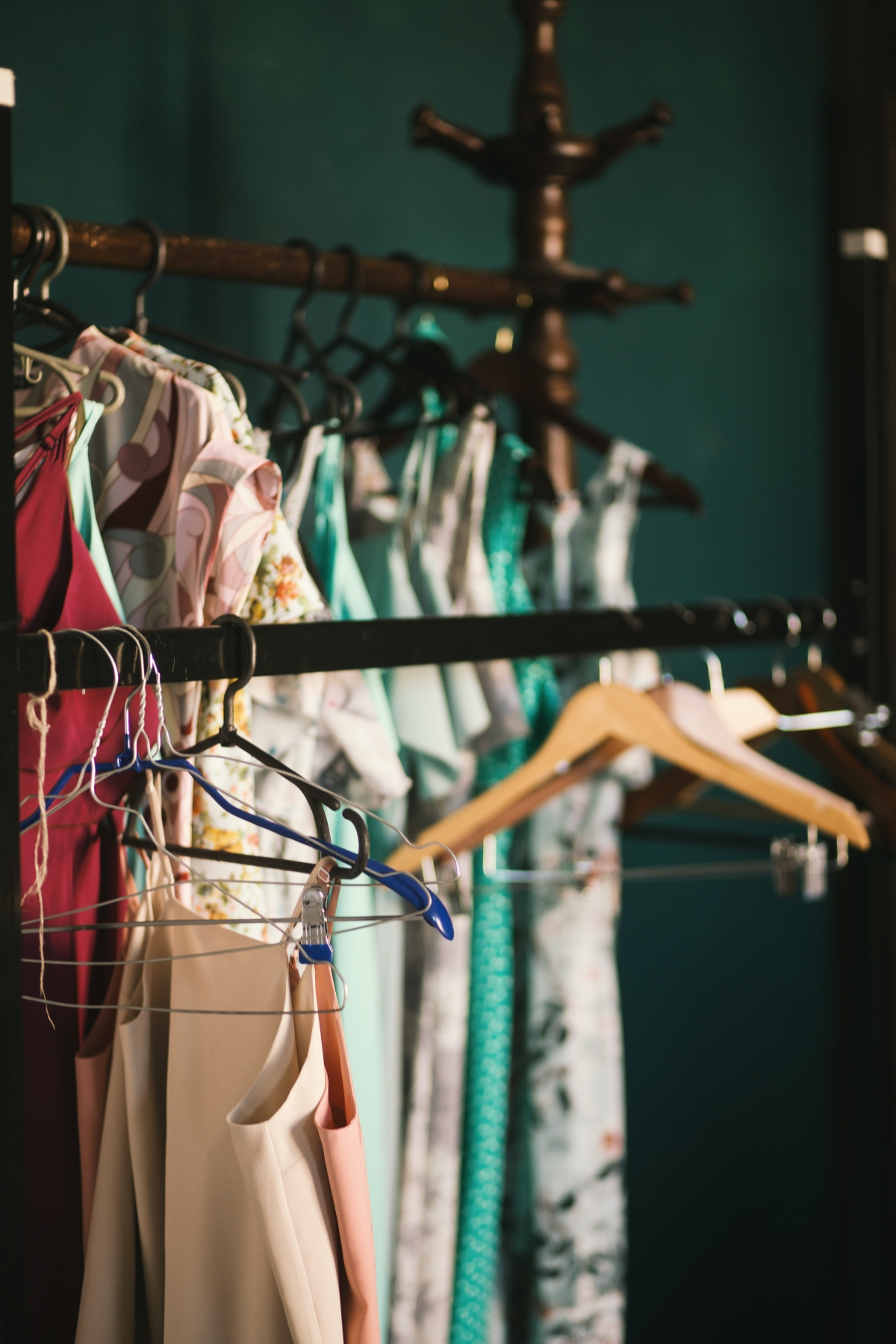
Phase 1: Getting Your Toolkit Ready
You wouldn’t bake a cake without preheating the oven, right? Same principle applies here. Rushing in without a plan is a recipe for disaster. Taking an hour to prep will save you a ton of frustration later.
Here’s what you’ll need:
- Sorting Containers: You need at least four. You can use cardboard boxes, laundry baskets, or even just designated piles on trash bags. Label them clearly: KEEP, DONATE/SELL, REPAIR, and TRASH. This simple step forces you to make a final decision on each item.
- Good Lighting: Do not attempt to sort clothes in a dimly lit closet. You’ll miss stains, fading, and tiny holes. Open the curtains for natural light or bring in an extra lamp.
- A Full-Length Mirror: You’re going to be trying things on. Make sure your mirror is clean and in a spot where you can see everything.
- Basic Cleaning Supplies: Grab your vacuum with its attachments, some microfiber cloths, and an all-purpose cleaner. We’re going to deep clean the empty spaces.
- A Notepad (or phone): Use this to jot down things you realize you need, like “new black socks” or “get blue blazer dry-cleaned.” It gets the to-do list out of your head.

Phase 2: The Actual Sort (Without the Meltdown)
The number one mistake people make is pulling every single thing out of the closet at once. This creates a giant, terrifying mountain of clothes on your bed, and it’s the fastest way to burn out. Pros work in small, manageable categories.
Start with something easy, like t-shirts. Pull out only your t-shirts. Put them all in one pile. Now, pick up each shirt one by one and ask yourself a few honest questions:
- Have I worn this in the last year? If it’s a regular item (not a ski jacket or formal gown) and the answer is no, it’s time to let it go.
- Does this fit me right now? Not “if I lose five pounds.” Not “if I get it altered” (unless you are 100% committed to taking it to the tailor this week). If it doesn’t fit your body today, it doesn’t belong in your prime closet space.
- Is it in good shape? Really look at it in good light. Check for pilling, stains, stretched-out necklines, or holes. Items that need a button sewn on go in the REPAIR box. Be realistic about what you’ll actually fix.
- Does this fit my life today? If you work from home now, you probably don’t need twelve formal business suits. Your closet should reflect who you are now.
As you answer, put the item into one of your four boxes. Then, move on to the next category: all your sweaters, then all your pants, and so on. This methodical approach keeps the process from feeling impossibly huge.
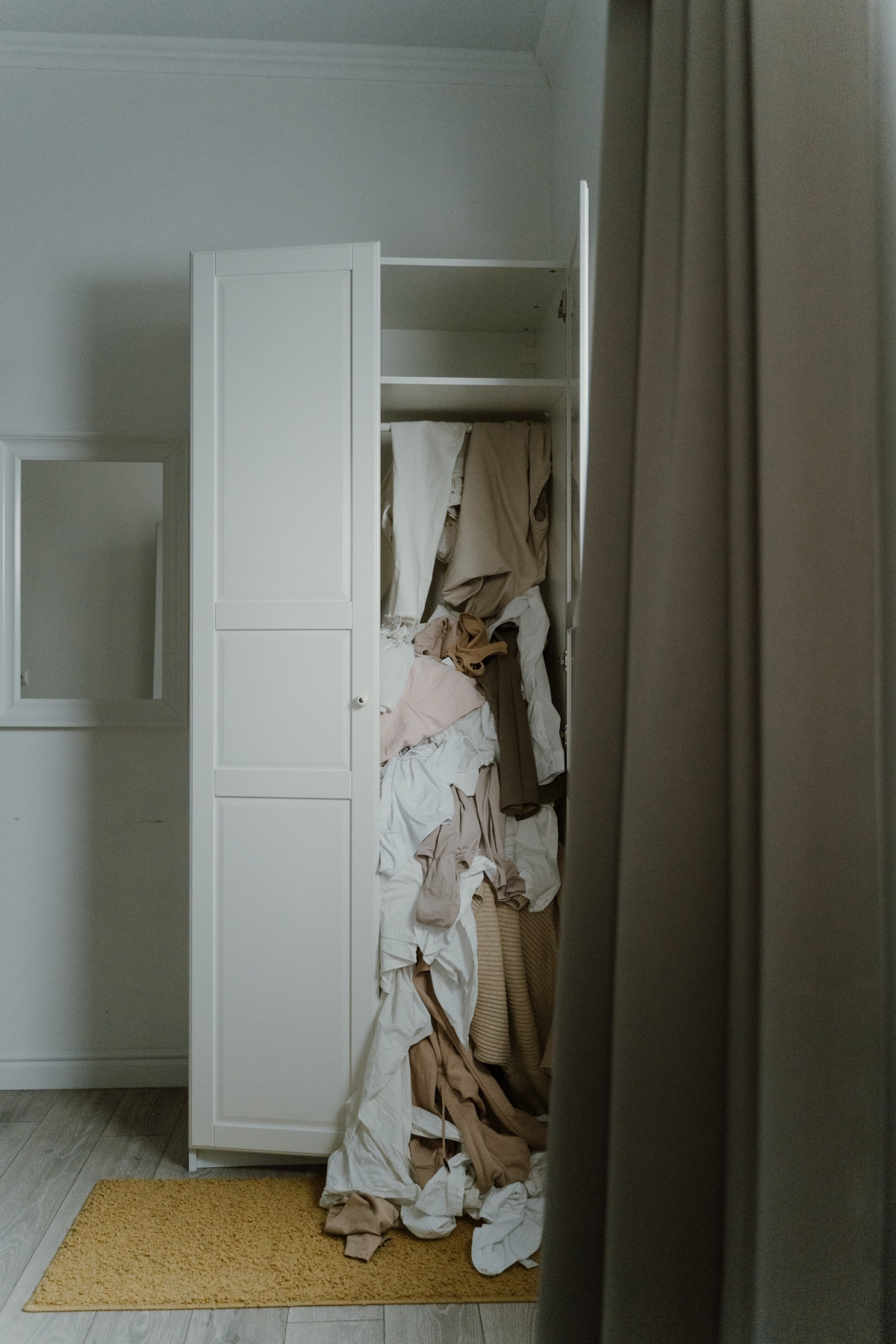
The Magic of the ‘Maybe Box’
What about the items you’re on the fence about? For these, we use a secret weapon: the Maybe Box. Put anything you’re not sure about into a separate box. Seal it, write the date on it (e.g., “Declutter Day”), and put it away in a garage or storage closet. If you haven’t thought about or needed anything from that box in six months, donate the entire box. Don’t even open it. Trust me. If you didn’t miss it for half a year, you don’t need it.
What to Do with the ‘Donate/Sell’ Pile
Okay, so you have a pile of clothes to get rid of. Now what? You have two main options:
- Selling: If you have brand-name items in great condition, selling can be worth it. For contemporary brands, try online consignment like ThredUP (they send you a bag, you fill it, they do the work) or apps like Poshmark and Depop (you take photos and list items yourself). For high-end luxury goods, a service like The RealReal is your best bet. Be realistic, though—it takes time and effort to photograph, list, and ship items.
- Donating: This is the fastest and easiest route. Find a local charity, thrift store, or shelter. A quick tip: Only donate items that are clean and in good condition. If it’s stained or ripped, it’s not a donation—it belongs in the trash or a textile recycling program.
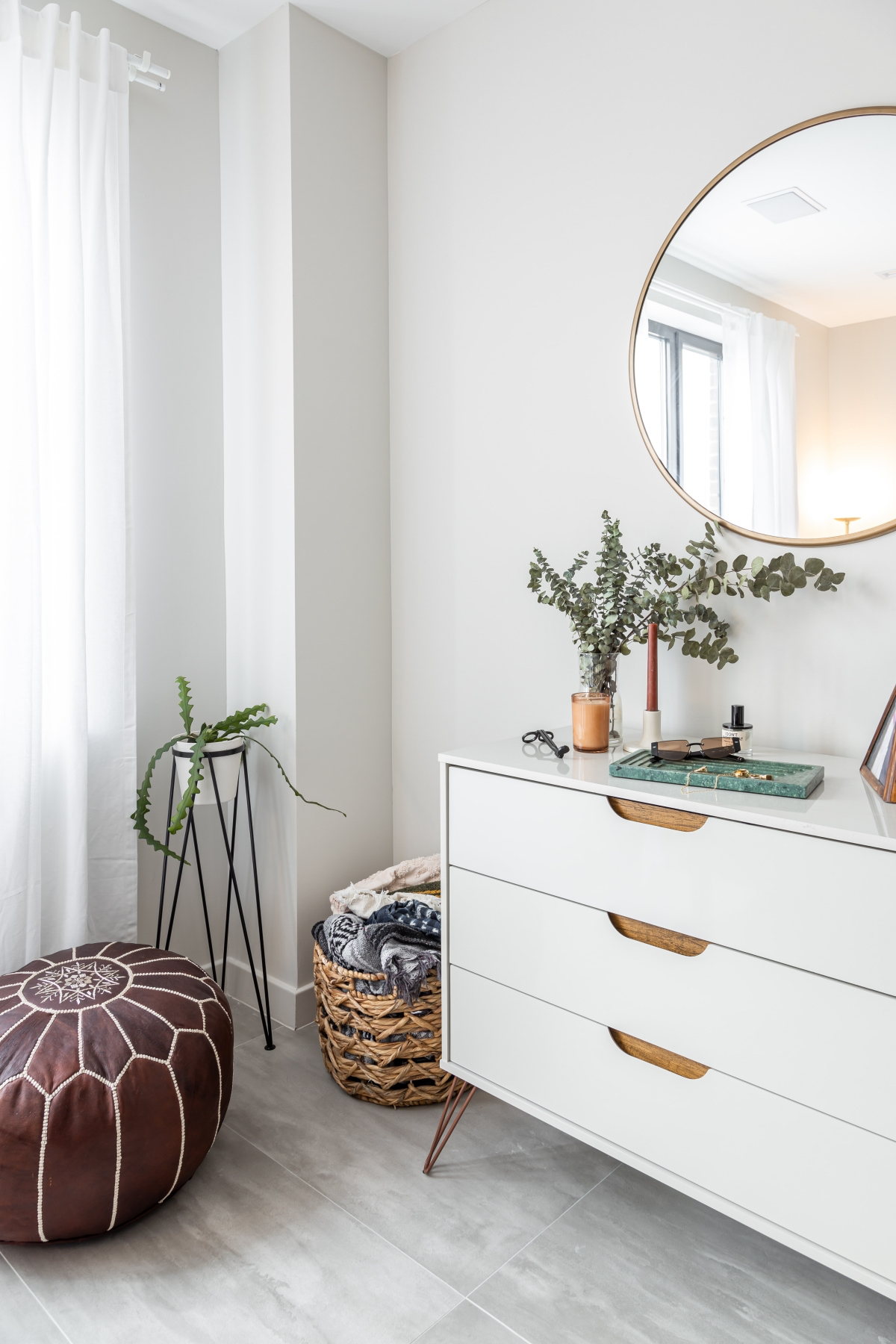
Phase 3: The Deep Clean You’ve Been Avoiding
Once a section of your closet or a drawer is totally empty, it’s time to give it a proper clean. This isn’t just about looking nice; it’s about preventing pests like clothes moths, whose larvae feed on natural fibers like wool and cotton.
First, vacuum everything. Use the crevice tool to get into all the corners and joints. Then, wipe down all the shelves, rods, and walls with a damp microfiber cloth. Let it all dry completely before you put anything back. This is also a good time to toss in some cedar blocks or lavender sachets to repel moths and keep things smelling fresh. A pack of cedar blocks will only set you back about $10-$15 online and they last for ages.
Heads up: your local climate really matters here. In humid places, air circulation is your best friend. Think wire shelving and fabric bins. Avoid storing things in sealed plastic containers, as they can trap moisture and cause mildew. In dry climates, your big challenge is storing bulky winter gear. Vacuum-sealed bags are great for saving space with synthetic items, but they can crush the loft out of down and natural wool. For those, breathable garment bags are a much safer bet.
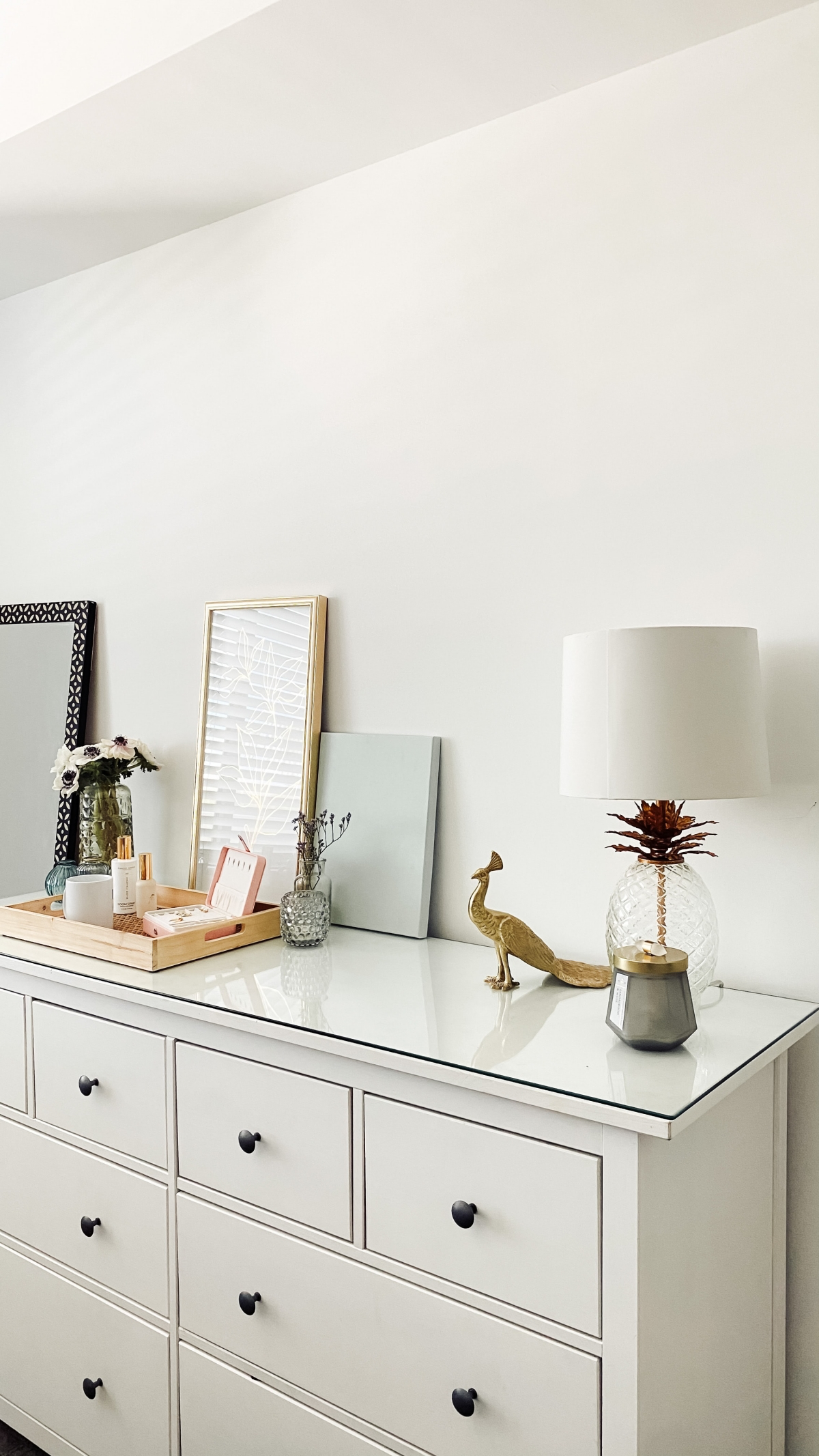
Phase 4: Putting It All Back… Strategically
You’ve done the hard part! Now you have a clean slate and only the clothes you actually love. The goal isn’t just to jam them back in, but to create a system that’s easy to maintain.
To Hang or To Fold? It’s All About Fabric
This is a simple one, and it makes a huge difference in how your clothes wear over time. Gravity is the enemy of certain fabrics.
- Always Fold: Sweaters, t-shirts, and anything made of a stretchy knit material. Hanging will cause the shoulders to droop and stretch out of shape.
- Better to Hang: Blouses, button-down shirts, dresses, blazers, and trousers made from woven fabrics (like cotton, linen, or suiting material). Hanging helps them keep their shape and prevents wrinkles.
Invest in Good Hangers. Seriously.
Mismatched hangers look chaotic and can ruin your clothes. Ditch the flimsy wire hangers from the dry cleaner immediately. My go-to recommendation is a set of slim, velvet-covered hangers. They’re a game-changer. Clothes don’t slip off, and their thin profile can save you a surprising amount of closet space. Expect to pay around $25-$40 for a 50-pack on Amazon or at stores like HomeGoods. It feels like a splurge, but it’s one of the best organizing investments you can make.
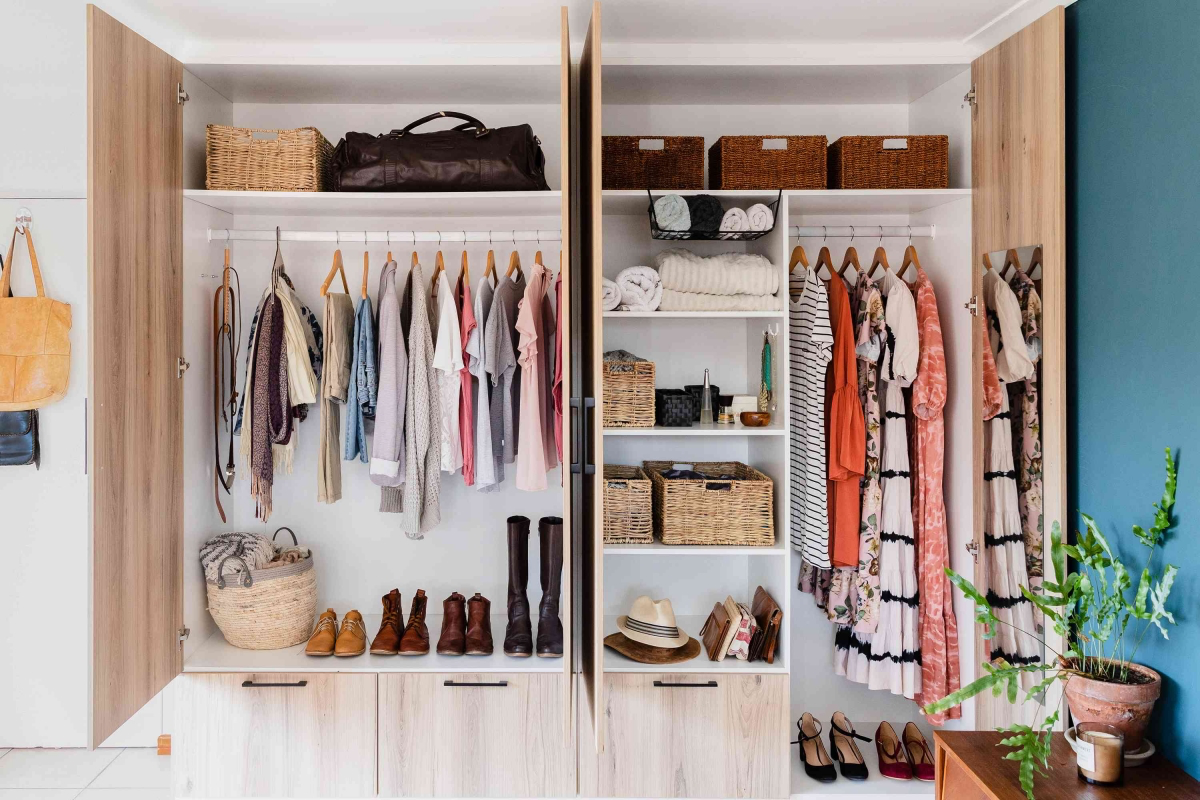
Learn to File-Fold and Zone Your Closet
For everything that goes in a drawer, learn to file-fold. It’s a simple trick where you fold items into neat little rectangles that stand up vertically, like files in a cabinet. This way, you can see everything you own at a glance—no more digging for that one t-shirt at the bottom of a pile. It’s easy! For a t-shirt: 1. Lay it flat, face down. 2. Fold in both sides to create a long rectangle. 3. Fold that rectangle in half or thirds until it’s a neat little packet that can stand up on its own. Done!
Next, “zone” your closet. This just means grouping like with like. For example, my closet is zoned with my work stuff on the left—blouses on the top rod, trousers on the bottom. My weekend and casual clothes are on the right—dresses hanging, with sweaters and t-shirts file-folded on the shelf above. It makes getting ready in the morning so much faster because I’m not hunting for anything. Always put your most-used items in the most accessible, eye-level spots.

Phase 5: It’s Not Just the Closet
A truly peaceful bedroom is about more than just the clothes. Clear the clutter from other hotspots, too.
- The Nightstand: This should be a sanctuary, not a dumping ground. Keep it to the bare essentials: a lamp, your current book, a glass of water, maybe a small dish for your rings. Everything else goes in a drawer.
- Under the Bed: If you need to use this space for storage, do it right. Get some shallow, lidded containers—preferably on wheels—and use them for specific categories like extra bedding or out-of-season shoes. Label them!
- The Paper Problem: Mail and random papers can quickly take over a bedroom. Set up a simple system with three folders: ACTION (bills to pay, forms to sign), FILE (important documents like tax records), and SHRED. For vital documents like birth certificates and passports, a small fire-proof safe is a smart investment for about $40-$60.
- Sentimental Stuff: This is tough. Instead of keeping every ticket stub and greeting card, curate your memories. Choose a few truly special items and keep them in a single, beautiful “memory box.” You can honor the past without letting it clutter your present. Digitizing old photos is another great way to preserve memories while freeing up space.

Going Pro: Digital Closets and Long-Term Care
If you really want to level up, consider creating a digital inventory of your wardrobe. There are some fantastic apps out there, like Stylebook or Acloset, that let you photograph and categorize your clothes. It sounds like a lot of work up front, but it’s amazing for planning outfits, preventing you from buying another black sweater when you already have five, and for insurance purposes.
The 5-Minute Plan to Keep It This Way
Okay, you did it! Your room is amazing. Now, how do you stop it from sliding back into chaos in two weeks? You need a maintenance routine. It’s not as hard as you think.
- The 5-Minute Nightly Reset: Every night before bed, take five minutes to put things back in their homes. Hang up the jacket you threw on the chair. Put your shoes back in the closet. Put the book back on the nightstand. It’s that simple.
- The 15-Minute Weekend Tidy: Once a week, spend 15 minutes doing a quick sweep. Put away any laundry, clear off surfaces, and quickly refold anything that’s gotten messy in your drawers.
And that’s it. You’ve put in the hard work to create the system. The upkeep is just a matter of small, consistent habits. The payoff is a calm, functional space that truly supports you, every single day.
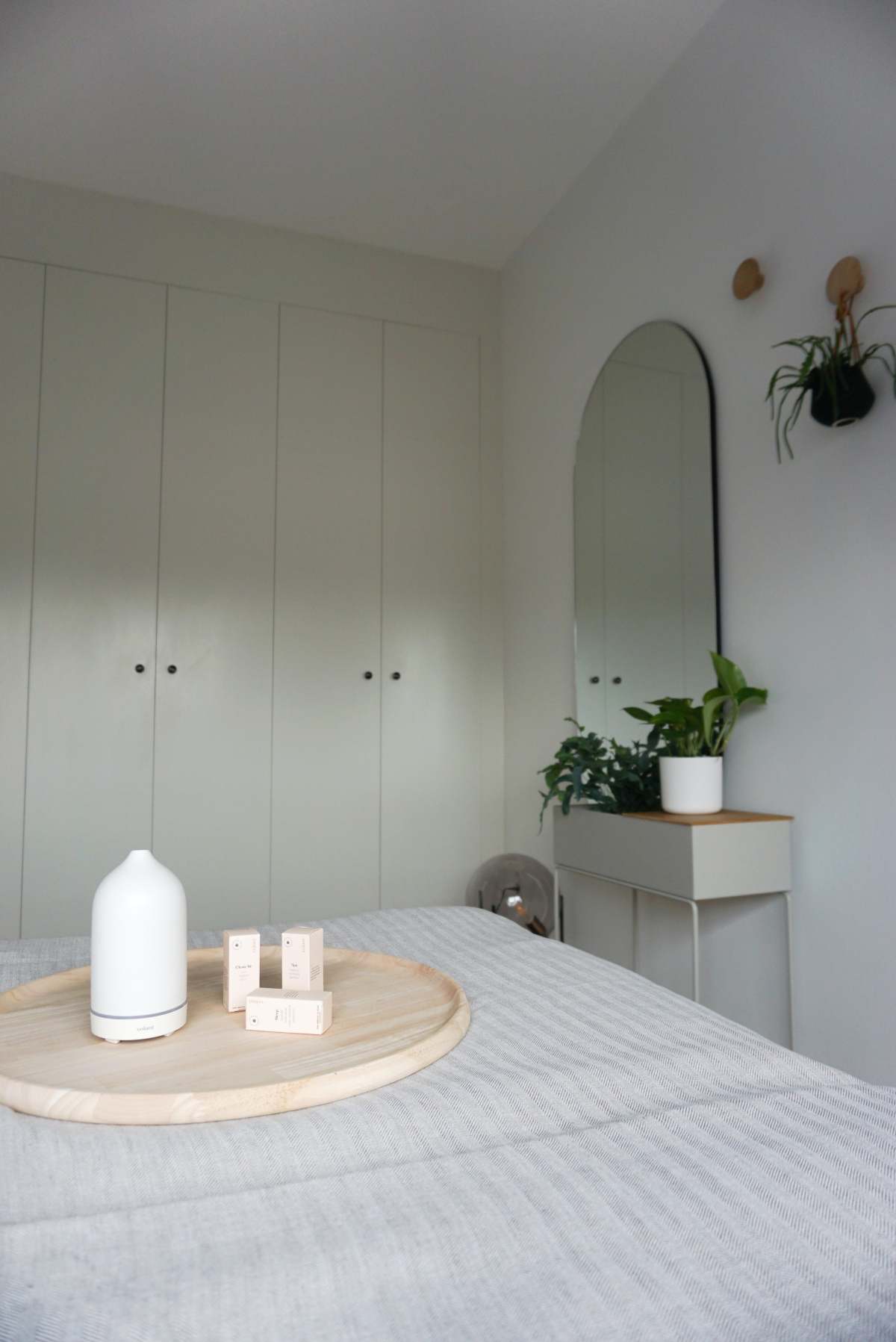
Inspirational Gallery with Photos
Velvet Hangers: Their slim profile can instantly double your hanging space, and the non-slip surface is a game-changer for silky blouses or wide-neck tops. They create a uniform, sleek look.
Wooden Hangers: The gold standard for suits, coats, and heavy jackets. Their sturdy, wide-shouldered design helps preserve the garment’s shape over time, preventing sagging. Ideal for investment pieces.
For most everyday wardrobes, a combination is best: velvet for density and grip, wood for structure and support.
The Pareto Principle, or the 80/20 rule, often applies to our closets: we wear 20% of our clothes 80% of the time.
This isn’t a failure, it’s data! Recognizing your true 20% is the key to a functional wardrobe. These are your workhorses, your comfort items, your go-to pieces. Give them prime real estate in your closet. Everything else is a candidate for review, storage, or donation.
Tackling the seasonal swap-out doesn’t have to be a dreaded, all-day affair. Here’s a streamlined approach:
- Use vacuum-sealed bags, like those from SpaceSaver, to dramatically shrink bulky sweaters and duvets.
- Label every bin or bag clearly. “Winter – Sweaters & Flannels” will save you a frantic search later.
- Before storing, ensure all clothes are clean. Moths are attracted to dirt and body oils.
- Keep a few transitional pieces accessible—a light cardigan, a versatile scarf—for unpredictable weather.
My drawers are a total mess. How can I fix them without just creating new jumbles?
The secret is compartmentalization. Without dividers, drawers become a black hole. Your best allies are adjustable drawer organizers. For socks and underwear, the honeycomb-style dividers are brilliant. For t-shirts and leggings, look to the SKUBB series from IKEA; their fabric boxes create perfect, contained rows, making it easy to see everything at a glance and maintain a file-folding system.
- You see every single item at a glance.
- You can pull one thing out without disturbing the entire pile.
- It prevents deep wrinkles and creases.
The secret? File folding. Instead of stacking shirts, fold them into small, rectangular parcels that stand up on their own, like files in a cabinet. This one change, credited to Marie Kondo, revolutionizes drawers and shelves.
Don’t underestimate the power of scent in creating a feeling of clean and calm. Once your closet is organized, introduce a subtle, natural fragrance. Cedar blocks or hangers are a classic choice; they not only smell wonderful but also act as a natural moth repellent. For a softer scent, tuck a few lavender sachets between stacks of sweaters or in your lingerie drawer. It’s a small touch that makes getting dressed feel like a moment of luxury.
According to a study from Cornell University, the average person makes about 35,000 remotely conscious decisions each day.
An overflowing closet adds dozens of micro-decisions to your morning routine:
Important mistake to avoid: Buying storage containers *before* you’ve decluttered. It’s a classic form of procrastination that feels productive but isn’t. You can’t know what you need to store until you know what you’re keeping. You might buy too many, or the wrong sizes, creating yet more clutter. First edit, then assess your remaining items, and only then should you shop for specific solutions like shoe racks or drawer dividers.
For those sentimental items you can’t wear but can’t bear to part with—a grandparent’s scarf, your own baby clothes, a vintage concert tee—create a designated “memory box.” A beautiful archival box, stored away from your daily closet, honors these items without letting them clog up your functional space. This frees you from the guilt of not using them while still keeping them safe and cherished.
A single cotton t-shirt can require up to 2,700 liters of water to produce – the amount one person drinks in 2.5 years.
Letting go of clothes isn’t just about space; it’s about sustainability. Instead of the bin, consider services like ThredUP for mainstream brands or The RealReal for luxury goods to give your items a second life. Local shelters and programs like Dress for Success ensure your pre-loved professional wear empowers someone else. Responsible decluttering extends the life of a garment and honors the resources used to create it.










